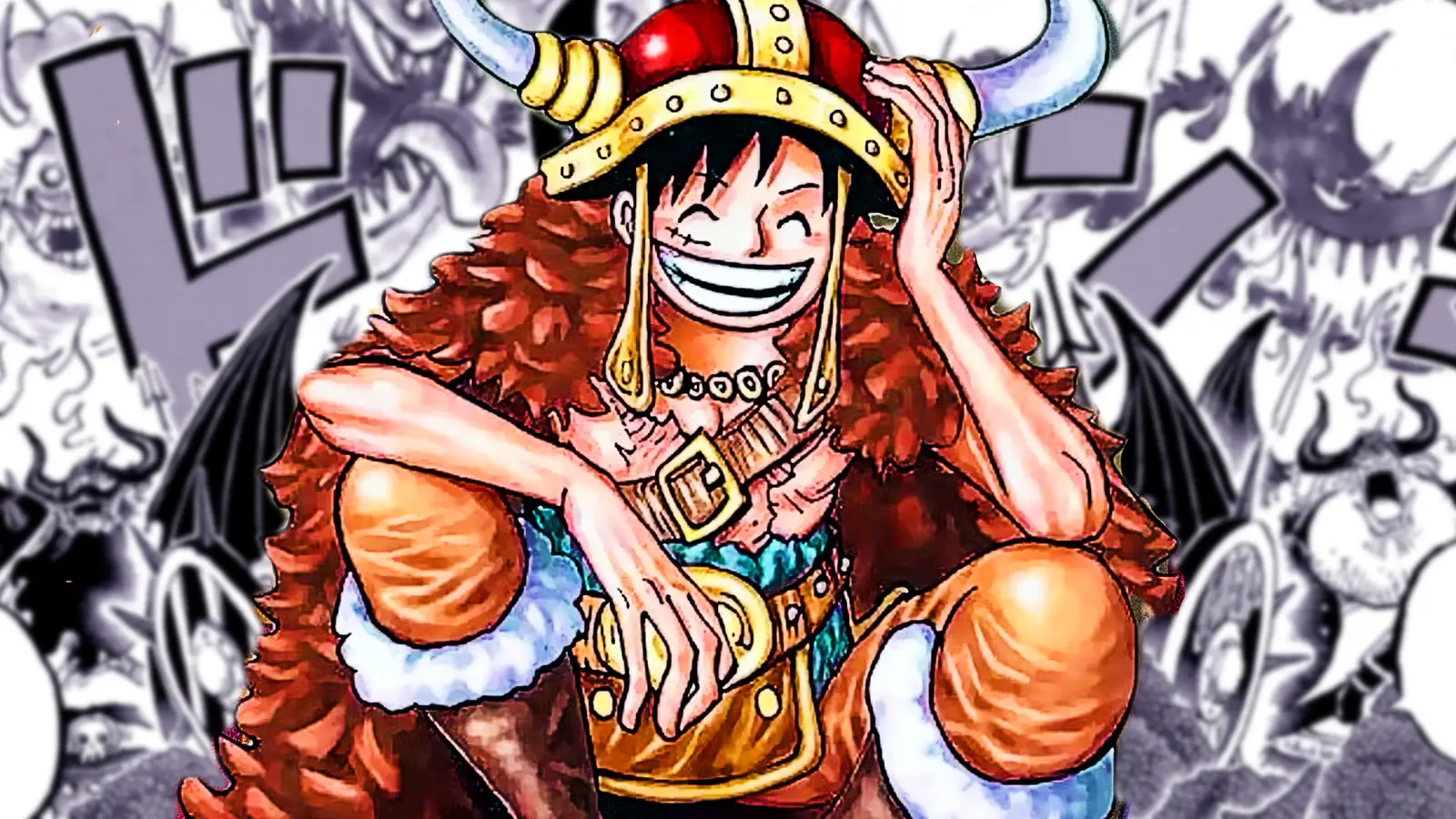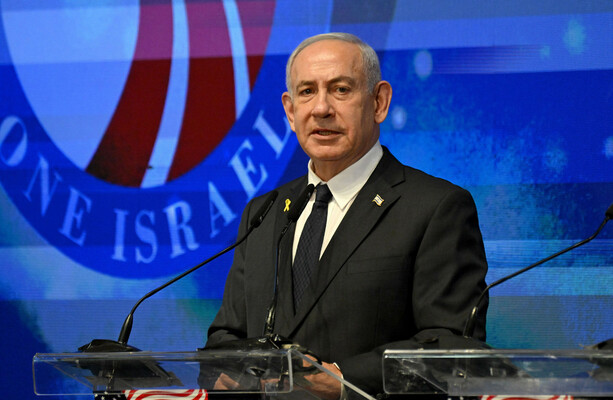Copyright Screen Rant

The hallmark of any powerful piece of media is the scale of change it brings about in the real world, no matter how minute. The same can be said for anime. A powerful anime can profoundly influence how people think, imagine, and behave, and this is exactly what some anime have done from the moment they premiered. Shaping not just industries but also careers and global cultural conversations, these anime have redefined visual language, expanded markets, and created communities that persist across generations. Due to their unprecedented on-screen achievements, their influence extends beyond the audience, reaching into fashion, music, tourism, education, technology, and other fields. Their stories became identities for ideologies and activities that extend beyond their animated worlds. With this in mind, this piece examines eight anime that not only entertained but also left lasting impressions in the real world. Attack on Titan Hajime Isayama’s Attack on Titan premiered in 2013 and steadily became a cultural and commercial phenomenon with a measurable impact. Reporting over 140 million copies in circulation as of 2024, the manga series is one of anime’s best-selling manga of all time, and that scale has translated into a chain reaction of achievements for the anime within and beyond Japan’s shores. From becoming one of only three manga series to surpass an initial first print of 2 million copies, to being one of 38 anime/manga titles to be banned in China. The anime adaptation further helped to expand its international reach, leading to the series being referenced in mainstream pop culture. Critically, it also garnered massive acclaim, with many regarding it as one of the greatest anime series of all time, as evidenced by its 96% rating on Rotten Tomatoes. However, a Jewish-Nazi parallel meant that the acclaim was not all positive despite the praise for its socio-political commentary. Naruto Popularly referred to as one of anime’s Big Three, Masashi Kishimoto’s Naruto has had a broad, long-term influence across publishing, events, and creative practices for more than two decades since its debut. The manga series concluded with 700 chapters and more than 250 million copies in circulation worldwide, a figure that underpinned decades of licensing for games, films, and official events. This also makes it one of anime’s best-selling series ever. So popular was the series that it had to be adapted into other mediums, including a video game franchise that has sold over 12 million copies. To top it off, there is the sheer level of influence the series has generated from its release till the present moment. While being regularly referenced across pop culture, from commercial advertisements to Western animation references, the series is also responsible for inspiring some of the best modern anime, including Jujutsu Kaisen and My Hero Academia. Pokemon Pokémon is widely regarded as a foundational anime that helped bridge the gap between Japanese and Western media. Purely from a business perspective, the Pokémon franchise revolutionised how media franchises expanded across various media and physical spaces, not just in Japan but also across the West. Pokémon stands as the world’s current highest-grossing media franchise with total retail sales in the tens of billions of dollars. As such, the anime’s scale of impact encompasses games, trading cards, television programming, film, and merchandise. The franchise’s single most visible real-world disruption arrived with Pokémon GO in 2016. Developed by Niantic, Pokémon GO sparked a worldwide craze after its release, with over 400 million game units sold. Beyond its commercial success, the series is also responsible for popularising the monster-taming game concept, which has been applied to both game and anime products, indirectly inspiring popular franchises like Digimon and Yu-Gi-Oh! One Piece Beyond its broader social commentary-based worldbuilding, Eiichirō Oda’s One Piece singlehandedly redefined the economic possibilities of long-form serialisation. As of August 2022, the series had surpassed approximately 516 million copies in circulation, making it the best-selling manga by volume count. That extraordinary scale has supported sustained merchandising strategies that have generated over a billion dollars in retail sales in Japan alone. Additionally, the series’ serialisation model and editorial planning informed how global platforms and licensors structure overseas releases for long-running properties, preserving narrative momentum while keeping new readers accessible. Outside of its commercial success, the anime’s most notable real-world impact is its political symbolism across the Asian continent in 2025, which underscores the historical significance of the series. In all, One Piece, as an anime, is in the rare category of works that transcend their medium. Death Note Death Note elicited a set of real-world reactions that are straightforward to document, ranging from suspension and ban incidents to theatrical adaptations and transnational stage productions. In China during the mid-2000s, authorities and some school districts moved to restrict or remove Death Note-style materials after students created imitation notebooks and wrote their names in them. This sparked a wave of parental concern and prompted debates about the line between fiction and dangerous imitation. The series also expanded into other media forms that reached non-manga audiences, including multiple Japanese live-action films, a Western streaming adaptation, and a long-running international stage musical by Frank Wildhorn and collaborators, with productions in Tokyo, Seoul, and further tours. Consequently, it is these documented responses and a persistent international stage presence that demonstrate how a relatively compact narrative concept yielded tangible, educational, and artistic consequences that extended beyond simple fan communities. Beyond being a highly qualitative piece of animation, Death Note proved to be a bridge for animation to access consciousness. Akira Katsuhiro Otomo’s Akira (1988) has a well-documented role in shaping cyberpunk aesthetics worldwide and expanding Western access to mature Japanese animation. Widely regarded as one of the greatest animated films ever made since its debut, the movie’s detailed urban design, kinetic camera work, and neon-lit cityscapes became reference points for filmmakers, illustrators, and game designers alike in the cyberpunk and sci-fi genres. Described as the second coming of anime fandom, Akira laid the foundation for franchises like Naruto, Dragon Ball, and even Pokémon to become global phenomena. The film is also one of anime’s foundational bridges, introducing Western audiences to anime’s complex storytelling firsthand and inspiring the entire generation of Japanese cyberpunk after its release. Most notably, the series became a political symbol of protest and reference during the events that led to the postponement of the 2020 Tokyo Olympics. Ultimately, by challenging the assumption that animated works are solely for children, Akira transformed how industries and audiences viewed animation as a serious art form and a viable commercial venture. Princess Mononoke Widely considered to be one of history’s best ever animated films, Hayao Miyazaki’s Princess Mononoke reshaped the intersection of animated film performance and cultural themes. At its release in 1997, the film earned a top position at the Japanese box office and was reported as the country’s highest-grossing domestic film for a period. The anime’s commercial domestic success helped secure Studio Ghibli’s global profile and encouraged Western distributors to treat Miyazaki’s films as major theatrical events. Away from its commerciality, the film, alongside the popular Evangelion franchise, laid the groundwork for anime to become the subject of academic inquiry, an unprecedented act. From a visual perspective, the film’s aesthetic formed part of the artistic revelation that followed the works released in its era. Through the series, Studio Ghibli created a distinct animation style that has endured for over three decades. Ultimately, the film’s combination of historical, environmental, and commercial value gave rise to Japan’s most iconic cinematic representations. Neon Genesis Evangelion Produced by Gainax and Tatsunoko Production, Hideaki Anno’s Neon Genesis Evangelion altered expectations about psychological depth and merchandising in anime. Airing at a time when Japanese animation was in a slump, the series is credited with reviving Japanese animation both within Japan and beyond its borders. Due to its high level of reception, the series prompted a global reassessment of the cultural value of anime, particularly outside of Japan. Additionally, Evangelion is also credited with laying the foundation for otaku culture, which has since become a global trend. Commercially, the series is one of anime’s most valuable franchises, generating as much as ¥700 billion as of 2015. The addition of its very controversial final two episodes ensured that the series’ legacy will continue to endure as one of the pillars of Japanese animation. Nonetheless, beyond its commercial and thematic successes, the series’ overall complexity ensured that anime’s capacity for cinematic ambition remains even after nearly three decades.



